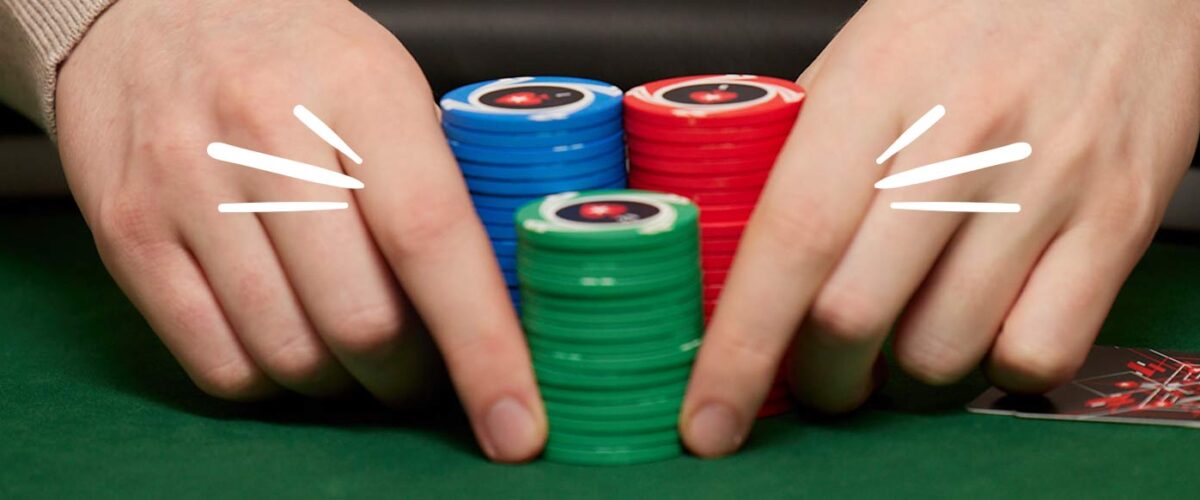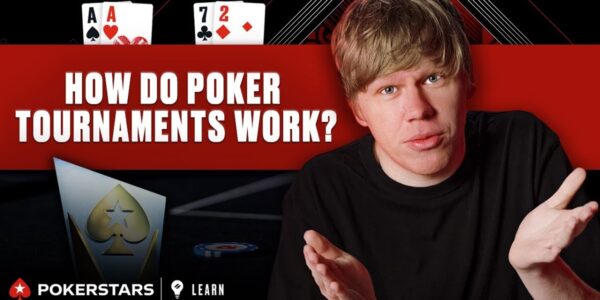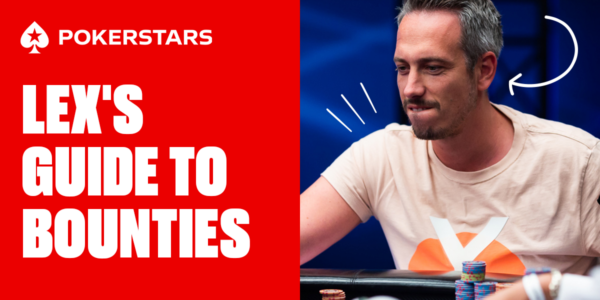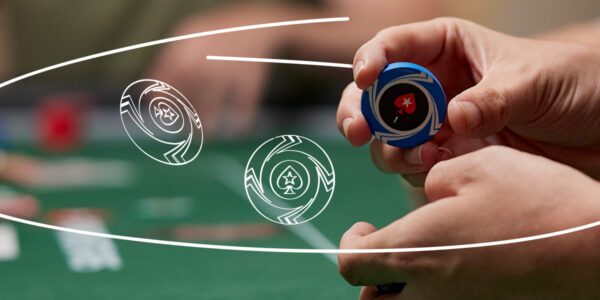5 Mistakes To Avoid Early In A Poker Tournament
Ah, a fresh stack in a tournament, it’s a wonderful feeling. Before a hand is dealt the possibilities seem endless. Surely this is the one where you make a deep run and find yourself at the final table battling for the big bucks?
Well, with only 15% of the field making the money in most tournaments, there are, purely based on probability, likely to be more down than ups. Whilst you can’t win a tournament in the opening levels, you can certainly lose it and find yourself having to re-enter or enter a new tournament before late-registration has even closed. Here are five mistakes to avoid early in a poker tournament if you want to set yourself up for a run at the money.
Playing Too Many Hands
Tight really is right.
In the Big $4.40 on PokerStars you’ll sit down with a stack of 5,000 chips and blinds of 15/30 (4 ante). The blinds seem tiny in comparison to your stack, after all a call of a standard 3x open is less than 2% of your chip stack. It’s not going to do too much damage just flicking in that call with a speculative hand. Well…there are two big issues here:
- Those small calls start to add up, especially if you catch a piece of the flop or a draw of some kind. Suddenly you find yourself at the river with nothing but fourth pair and 10% of your stack is gone.
- By calling with speculative hands, your post-flop hand strength is likely to be lower down the food chain. You’ll find yourself with second pair no kicker, a weak flush draw, or a straight draw, that even if you hit you won’t have the nuts. You’ll essentially have to play these hands reasonably passively and you’ll win a small pot, or need to make a swift exit should the pot get bigger as your hand is very unlikely to be good. Unless you’re an experienced player with good hand reading skills you’re going to find yourself in a lot of sticky post-flop spots where you have no idea where you’re at.
By all means open up your range whilst you have the chips to do so, but you want to be looking to flop big with your speculative holdings, so small to medium pairs, suited connectors and broadway holdings are the ones to add to your range, just send that J-8o into the muck.
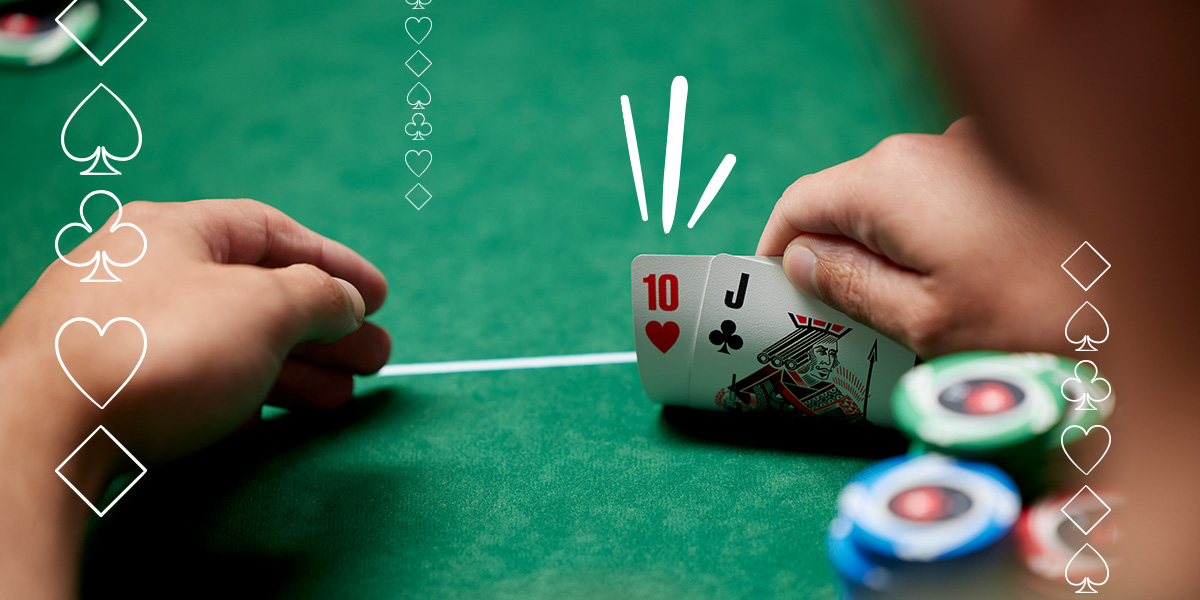

Overplaying premium hands
When you look down at a premium hand it’s easy to begin thinking about how many chips you’re going to have at the end of the hand as our premium holding means we’re destined to win the pot. Well, hold on there. Whilst aces, kings, queens etc are hands that we should be happy to get lots of chips in with pre-flop – even better if we can get someone to commit their stack against us – it’s post-flop that we need to approach with caution.
If tons of chips start going in post-flop on boards that we haven’t improved on, then we need to be mindful that we only have one pair (or ace high with Ace-King) and if we’re holding jacks, queens or kings we may well be facing one or more overcards on the board.
This is most prevalent in multiway pots. For instance imagine we have opened from early position to 90 with A♣ A♠ at 15/30 and picked up calls from the cutoff, button and big blind. On the flop of Q♦ 8♦ 7♥ the action checks to us, we bet 180 (roughly half pot), only to see the cutoff raise to 600 and the big blind then make it 1,750 to go. Suddenly our aces are shrinking in value. Not only has the cutoff raised our bet, saying they have a strong hand, but the big blind doesn’t seem too bothered about that. Ask yourself, what value hands are we now beating? Sure, the cutoff could’ve been getting out of line with Ace-Queen, but facing a raise and a re-raise the alarm bells should be ringing. The big blind can have a set of eights, a set of sevens, two pair or just a huge combo draw. Even if it is a big draw, that’s not necessarily good news as against a hand like 10♦ 9♦ we’re actually a 56-43 underdog here.
If a lot of chips start to go in post-flop, it’s more than likely you’ve been outflopped. As hard as it may seem, making a big laydown could be the best play.
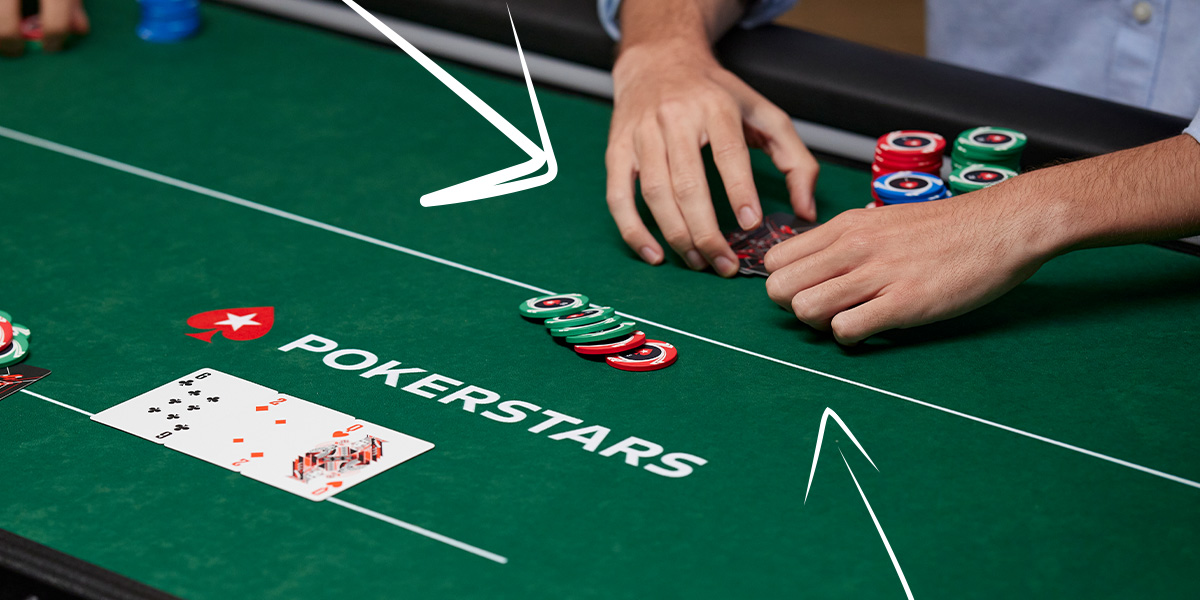

Not defending wide enough from the blinds
The most obvious reason to defend from the big blind is the price you’re getting. During the early stages of a tournament it’s likely that players will be very aggressive in late-position, opening a wide range of hands, and thus we can profitably defend with a wider range from the big blind. With deeper stacks should we flop big we can also stand to win a big pot with a disguised hand and hit that big blind special jackpot.
The downside of defending more frequently from the blinds is that you’re going to frequently find yourself playing pots out of position. And position is the key concept to understand here, the earlier the position of the opening raiser the tighter we need to defend.
Not betting strong hands post-flop
Always bet your sets. A big hand deserves a big bet. No doubt you’ve heard these two poker maxims before. Early on in a tournament it can be tempting to get cute with your big hands post-flop in an attempt to ‘trap’ your opponent into making a mistake or letting them catch up and make the second best hand.
Truth is, it’s almost always going to be more profitable to play your big hands in a straightforward manner and bet them for value. If your opponent(s) have nothing then the chances are they’re going to fold to your delayed value bet on later streets anyway. But if they have a hand then you’re building a bigger pot to win. Not only that but you’re also opening up the opportunity for them to make a big mistake, either by attempting an ill-timed bluff or raising for value with worse.
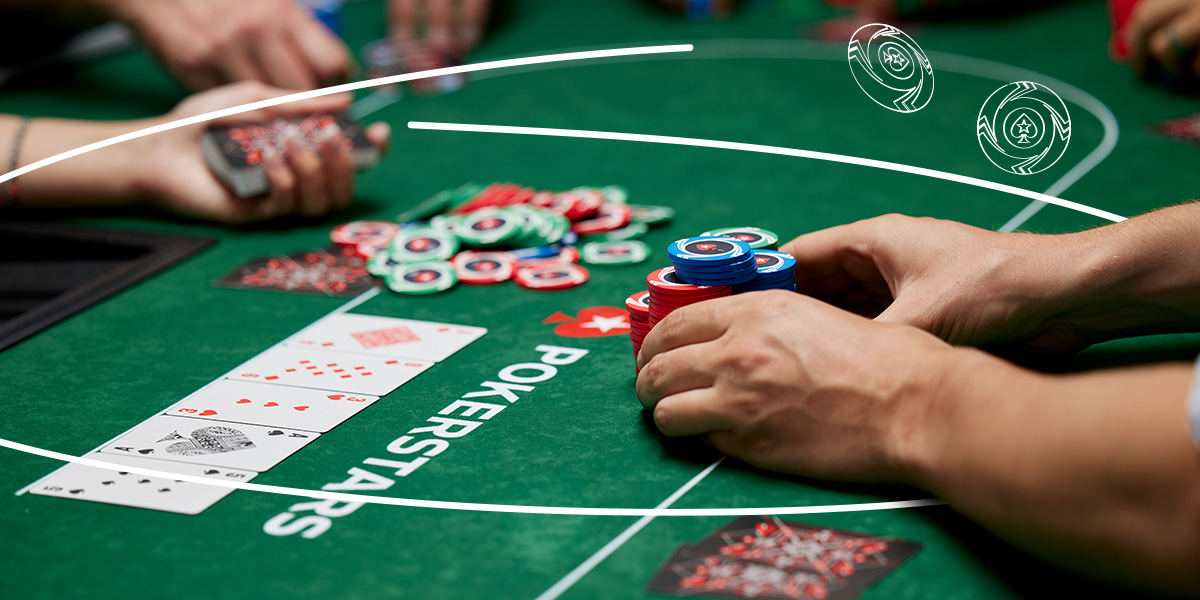

Not Having A Plan
One of the most common mistakes players can make at any stage of the tournament is not having a plan when they make a bet.
For instance, let say you flop the nuts and would like to get all the chips in by the river. You need to start thinking about your bet sizing right now, so you can manipulate the size of the pot so that come the river your all-in shove looks natural to the size of the pot.
Here’s an example (blinds are 50/100 ante 12 and the effective stack is 5,000):
(Cutoff) Hero: A♠ 5♠
(Button) Villain: [?] [?]
Hero raises to 250 and the button calls, both blinds fold (pot = 746 )
Flop: K♠ 9♠ 3♠
Hero bets 500 and the villain calls (pot = 1,746)
Turn: 5♦
Hero bets 1,000 and the villain calls (pot = 3,746)
River: Q♦
Hero goes all-in for 3,250 and villain calls
By the river the stacks are such that the Hero has less than pot behind and can comfortably shove all-in. Had our hero sized down to ~one quarter pot on the flop – say a bet of 175, very tempting to do this with the board locked up – then it would have been so much harder to get the chips in on the river.
Of course the above scenario is one of the nice choices to have there are much tougher scenarios where you need to have a plan, such as semi-bluffing on the flop with a draw that you then miss on the turn and river. Before you put any chips into a pot think about how you’re going to react to what your opponent(s) do.


